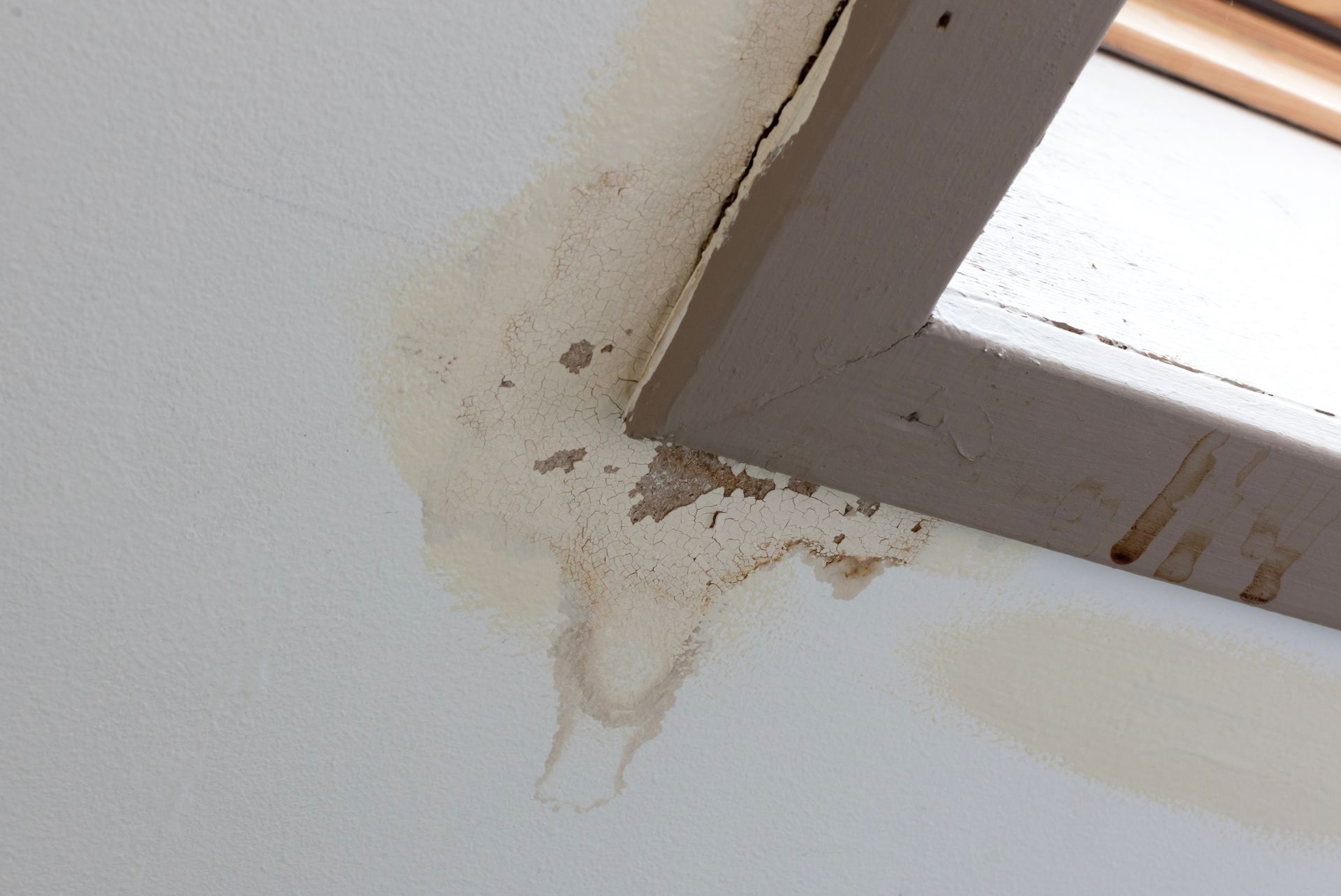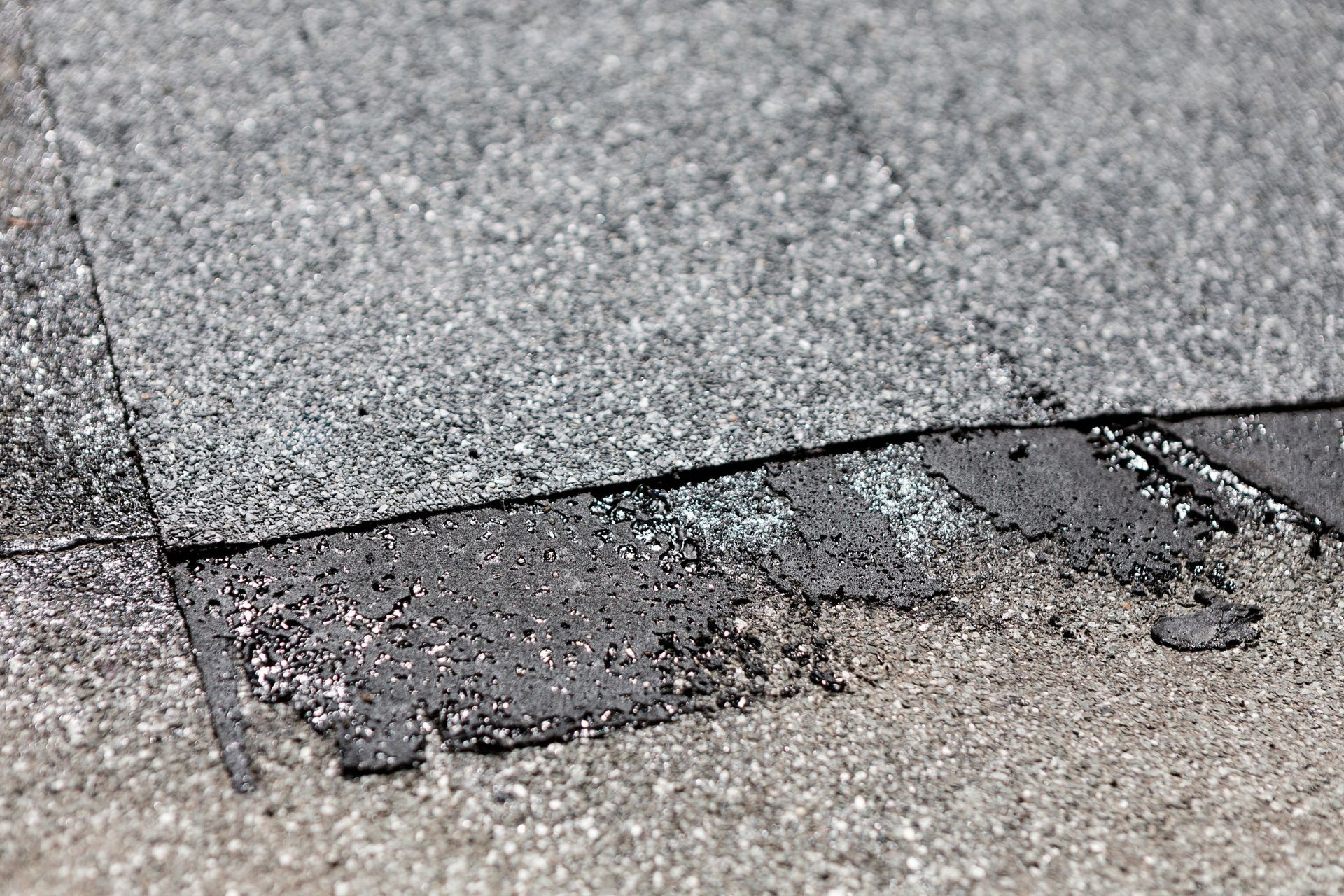Why Don’t More Seattle Homes Have Flat Roofs?

If you drive around Seattle’s residential neighborhoods, one thing you’ll notice is that most homes don’t have flat roofs. Whether it’s a craftsman bungalow, a mid-century modern or a contemporary new build, sloped roofs dominate Puget Sound neighborhoods.
If you’re a homeowner considering a remodel, addition or a more modern design, knowing the role of roof slope can save you headaches and water damage down the line.
Why Seattle’s Rain Doesn’t Mix Well with Flat Roofs
Flat roofs may look sleek and modern, but they come with some serious drawbacks in a place like Seattle, where rain is frequent and persistent for much of the year.
The primary issue? Drainage.
Flat roofs aren’t technically flat—they typically have a slight slope (1/4 inch per foot or so) to allow water to drain. However, that minimal pitch still makes them far more prone to pooling water, especially if the roof isn’t installed perfectly or debris blocks the drains. Over time, standing water can break down roofing materials, increase the chance of leaks and shorten the lifespan of the roof.
In contrast, steep-pitched roofs naturally shed water, allowing gravity to do the work. For Seattle’s often soggy climate, that simple physics advantage makes a big difference in roof performance and longevity.
A Brief History of Sloped Roof Design in Seattle
Seattle’s residential architecture has long been influenced by function as much as form. Early 20th-century homes were built with durable, steep-sloped roofs, not just for rain protection but also to accommodate attic spaces, better insulation and easier snow shedding.
Even as contemporary styles have gained popularity in Seattle’s newer neighborhoods, completely flat roofs remain uncommon on single-family homes. The city's building codes, moisture concerns and energy efficiency priorities all steer builders toward low- to moderate-pitched roofs that strike a balance between style and function.
But What About Flat Roof Sections?
While full-flat roofs aren’t popular on homes in Seattle, you can spot low-slope or flat-style sections in residential design. These are often used on:
- Garage roofs
- Home additions
- Sunrooms or enclosed patios
- Carports
- Shed-style extensions
- Deck-over living space designs
These areas are smaller and easier to manage in terms of waterproofing and maintenance. Because of their size and use, it’s more feasible to install a flat or low-slope system with the right materials and still ensure long-term performance.
Low-Slope Sections on Residential Roofs: Where TPO and PVC Make the Most Sense
If your home includes a low-slope section or you’re considering building an addition, you’ll want to choose the right membrane roofing system. That’s where TPO (thermoplastic olefin) and PVC (polyvinyl chloride) come in.
Both materials are flexible, durable, and well-suited for waterproofing flat or low-pitch roofs. Here’s why they’re a great match:
- Seam-welded for waterproofing – Both TPO and PVC membranes are heat-welded at the seams, creating a watertight barrier that resists leaks.
- UV and chemical resistant – These materials hold up well to Seattle’s mix of cloud cover, occasional sun and urban pollution.
- Energy efficiency – The white, reflective surface of TPO and PVC helps reduce heat absorption during warmer months, lowering cooling costs.
- Lightweight – These systems won’t add significant structural load, which is ideal for home additions and retrofits.
If you're working with an experienced roofing contractor like Chet’s Roofing & Construction Inc., they can evaluate your roof’s slope and recommend whether a membrane system like TPO or PVC is appropriate.
When Flat or Low-Slope Roofs Work and When They Don’t
The key to success with low-slope roofs in the Puget Sound area is proper design, high-quality materials and skilled installation. While it's best to avoid flat roofing for your home’s primary structure in a wet region, there can be a place for these roof styles when used wisely.
They're especially useful for accent structures, commercial buildings or homes where modern architectural elements are balanced by advanced waterproofing techniques.
If you’re thinking about adding a low-slope roof section to your property or need maintenance or replacement on an existing one, it’s critical to work with a roofing company that understands Seattle’s unique climate and building conditions.
Call the Roofing Experts at Our Seattle Construction Company
Flat and low-slope roofing systems require specialized knowledge and materials that stand up to the region’s weather. At Chet’s Roofing & Construction Inc., we’ve been helping homeowners protect their properties for over 20 years. Whether you’re looking for new build roofing, roofing for an addition or repairs on an existing membrane system, we’ll help you make the right decision for your home.
Call us today at (877) 611-1514 for a free consultation or contact us here on our website for expert



